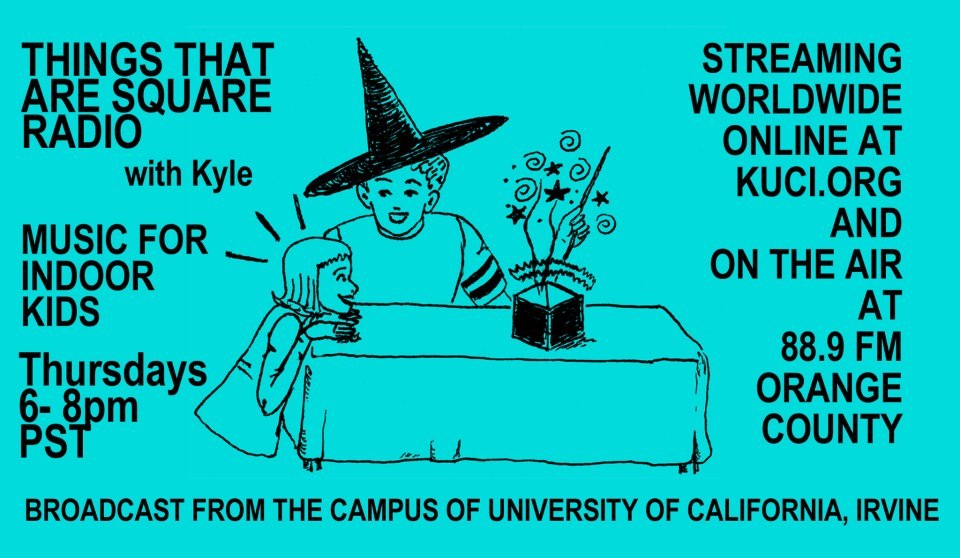Genre Research Project 59/1360: Carnatic Classical Music
The term "Carnatic" refers to the Classical Music and dance culture shared by the Dravidian cultures in South India separate from regional folk genres. It's a thoroughly pan-South tradition and the similarity between the term "Carnatic" and the name of the Kannadiga state "Karnataka" is purely coincidental. Because of the similarity of the words "Karnatak"/"Karnatik" and "Karnataka", the conspicuously non-Dravidian spelling "Carnatic" with a "c" has been standardized to avoid confusion and reflect the English lingua franca of the region. Carnatic Classical Music was originally part of a pan-Indic classical tradition from Sama Veda that split into Carnatic Classical Music and Hindustani Classical Music around the 12th century during the Islamic invasions when Islamic music was integrated with the Sanskritic cultures of North India. Carnatic culture resisted the Islamic Modal Music influence and retains a stronger component of Hinduism as a result.
As with Hindustani Classical Music, vocal music is prominent and most of the instrumental music is distinctively microtonal as a derivation of vocal music. The primary instruments of Carnatic music are vina, violin, citravina, flute and mridangam. Mridangam is frequently augmented by kanjira (frame drum), ghatam (clay pot) and morsing (mouth harp). A drone instrument is usually used as a pitch reference; the ideal is tambura, but electronic devices and sruti boxes are commonly used, and bagpipes were used in previous eras. In exceptional cases, mandolin, saxophone, clarinet, synthesizer, jalatarangam (porcelain bowls filled with water), acoustic guitar and electric guitar have been adapted to the unique requirements of Carnatic Classical Music. Unlike some subgenres of Hindustani Classical Music where harmonium is a staple, in Carnatic Classical Music it's a relatively rare instrument that was widely rejected because of its European non-microtonal notes. In the distinctive Nadaswaram subgenre of Carnatic Classical Music tailored to religious functions, the primary instruments are nadaswaram (double-reed woodwind) and thavil (barrel drum).


0 Comments:
Post a Comment
Subscribe to Post Comments [Atom]
<< Home